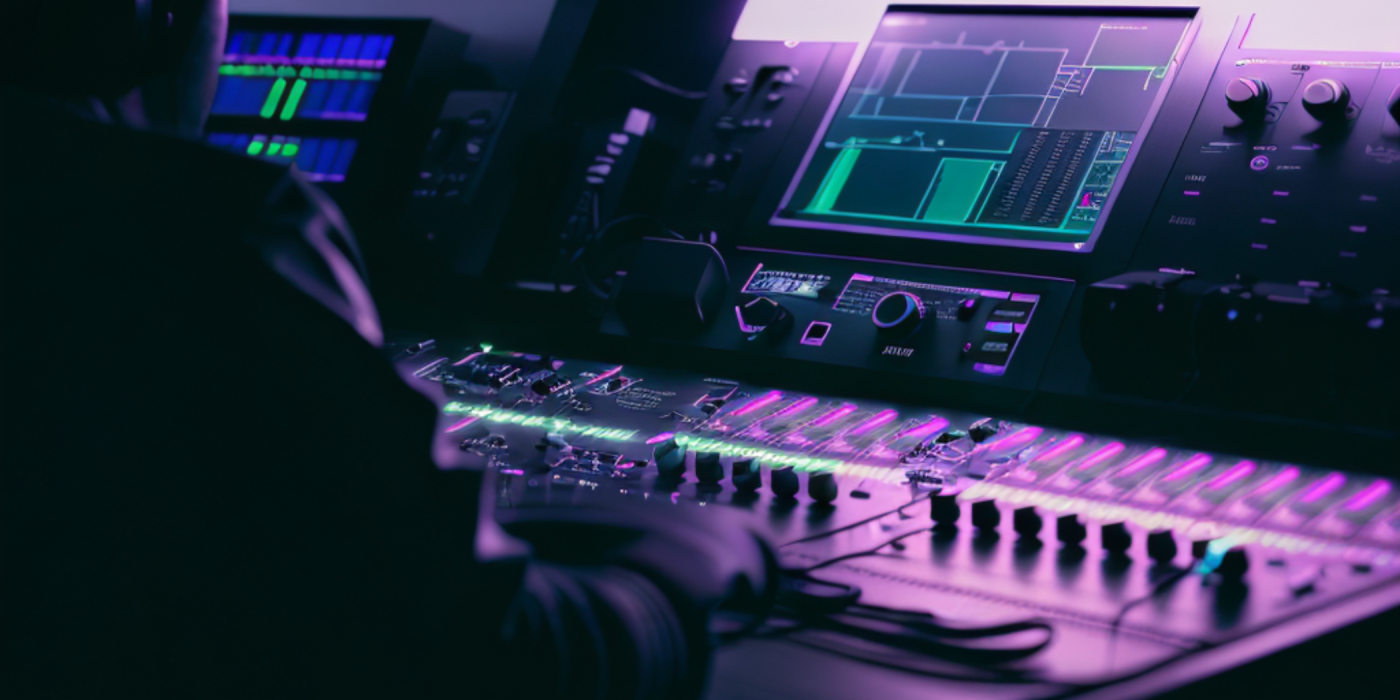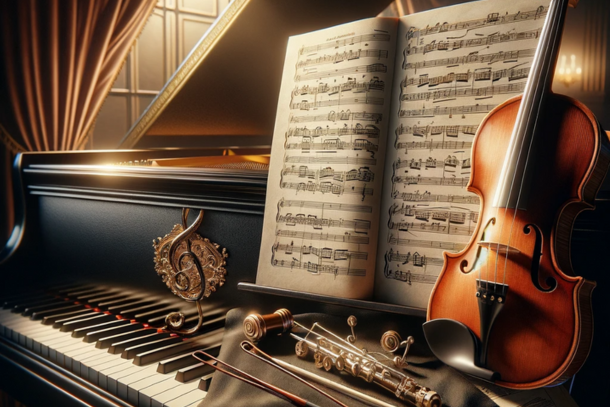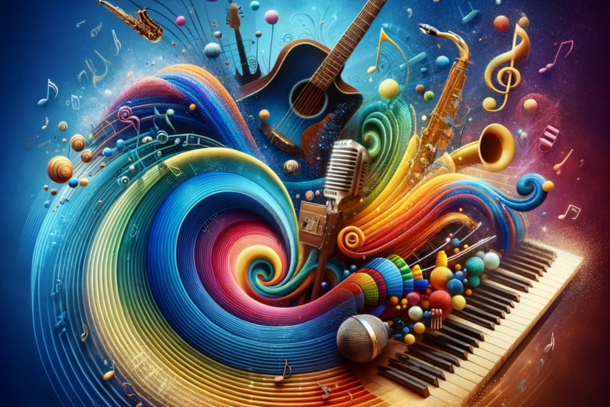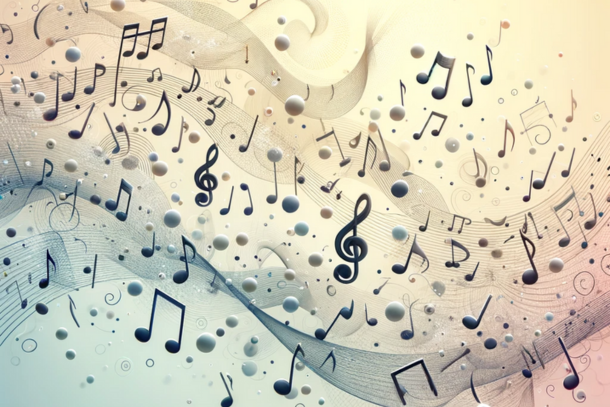The Rise of Digital Sound: Exploring the Future of Electronic Musical Instruments

As technology continues to evolve at an exponential rate, the world of music is no exception to its transformative power. The rise of digital sound has revolutionized the way we create and experience music, opening up a whole new world of possibilities for musicians and enthusiasts alike.
In this exciting era, electronic musical instruments have taken centre stage, pushing the boundaries of traditional music-making and paving the way for innovative and groundbreaking compositions. From synthesizers to drum machines, digital sound has not only enhanced the versatility and range of instruments, but also democratized access to music production, allowing anyone with a laptop and a dream to embark on a sonic journey. Join us as we delve into the future of electronic musical instruments, exploring the cutting-edge technologies and trends that are shaping the landscape of music in the digital age. Get ready to be inspired, amazed, and transported to a realm where creativity knows no bounds.
The evolution of electronic musical instruments
Electronic musical instruments have come a long way since their inception. In the early days, synthesizers were large and unwieldy machines that required a team of technicians to operate. However, with advancements in technology, electronic instruments have become more compact, user-friendly, and affordable. Today, musicians can carry an entire studio in their backpacks, thanks to the power of digital sound.
One of the key milestones in the evolution of electronic musical instruments was the invention of the synthesizer. Developed in the mid-20th century, synthesizers allowed musicians to create sounds that were previously impossible with traditional instruments. By manipulating electronic signals, synthesizers produced a wide range of tones and textures, giving birth to a new era of music.
Another significant development in the evolution of electronic musical instruments was the introduction of MIDI (Musical Instrument Digital Interface). MIDI revolutionized the way musicians compose and perform music by allowing different instruments and devices to communicate with each other. This standardized protocol enabled seamless integration between various electronic instruments, paving the way for collaborative music-making and live performances.
The evolution of electronic musical instruments has been driven by a constant desire to push the boundaries of what is possible in music. Today, we are witnessing the emergence of instruments that blur the line between analog and digital, combining the warmth and character of vintage gear with the flexibility and convenience of digital technology. As the world becomes more connected, the future of electronic musical instruments holds endless possibilities for musicians and music lovers alike.
Advantages of digital sound in music production
Digital sound has revolutionized the music production process, providing musicians with a myriad of advantages. One of the key benefits of digital sound is its flexibility and adaptability. Unlike analog recordings, which are fixed and require physical manipulation, digital recordings can be easily edited, rearranged, and transformed. This allows musicians to experiment with different sounds and arrangements, unleashing their creative potential.
Another advantage of digital sound in music production is the ability to achieve pristine audio quality. Digital recordings capture sound with incredible precision, resulting in crystal-clear and high-fidelity recordings. This level of clarity allows musicians to capture every nuance of their performances, ensuring that their music is heard exactly as intended.
Digital sound also offers musicians unparalleled control over their music. With the advent of digital audio workstations (DAWs), musicians can fine-tune every aspect of their compositions, from adjusting individual instrument levels to applying complex effects and automation. This level of control empowers musicians to create music that is truly unique and expressive.
Furthermore, digital sound has democratized access to music production. In the past, producing music required expensive recording equipment and studio time. Today, anyone with a laptop and a basic understanding of music production can create professional-sounding tracks from the comfort of their own home. This accessibility has opened up opportunities for aspiring musicians and producers from all walks of life, allowing them to share their music with the world.
Popular digital sound technologies in electronic music
In the world of electronic music, there are several digital sound technologies that have gained widespread popularity. One of the most iconic digital sound technologies is the synthesizer. Synthesizers have become synonymous with electronic music, offering musicians a vast palette of sounds and textures to explore. From classic analog synths to modern virtual instruments, synthesizers have become an essential tool in the arsenal of electronic musicians.
Another popular digital sound technology in electronic music is the drum machine. Drum machines have revolutionized rhythm production, allowing musicians to create complex and intricate beats with ease. With the ability to program and sequence drum patterns, drum machines have become an indispensable tool for electronic music producers.
Sampling is another digital sound technology that has had a profound impact on electronic music. Sampling involves taking snippets of audio from existing recordings and manipulating them to create new sounds. This technique has been used in various genres of electronic music, from hip-hop to techno, allowing musicians to create unique and innovative compositions.
Digital sound technologies such as virtual instruments and software plugins have also gained popularity in electronic music production. These tools offer musicians a wide range of sounds and effects, allowing them to create rich and immersive compositions. With advancements in technology, virtual instruments have become increasingly realistic and expressive, blurring the line between digital and analog.
The future of electronic musical instruments
As technology continues to advance, the future of electronic musical instruments looks incredibly promising. One of the key areas of innovation in electronic musical instruments is in the realm of artificial intelligence (AI). AI-powered instruments have the potential to revolutionize music creation by offering intelligent and intuitive tools for musicians. From AI-powered composition assistants to instruments that can learn and adapt to a musician's playing style, the possibilities are endless.
Another area of development in the future of electronic musical instruments is in the realm of virtual reality (VR) and augmented reality (AR). VR and AR have the potential to transform the way musicians perform and interact with their instruments. Imagine being able to step into a virtual concert hall or collaborate with musicians from around the world, all from the comfort of your own home. The future of electronic musical instruments is not just about creating new sounds, but also about creating immersive and unforgettable experiences.
Furthermore, the future of electronic musical instruments will likely see advancements in haptic feedback technology. Haptic feedback allows musicians to feel the vibrations and tactile sensations of their instruments, enhancing the sense of connection and expression. Combined with the power of digital sound, haptic feedback has the potential to redefine the way musicians interact with their instruments, opening up new possibilities for musical expression.
In conclusion, the rise of digital sound has transformed the world of music, bringing with it a new era of electronic musical instruments. From the evolution of synthesizers to the democratization of music production, digital sound has revolutionized the way we create, experience, and perform music. The future of electronic musical instruments holds incredible potential, with advancements in AI, VR, and haptic feedback technology set to redefine the boundaries of what is possible in music. As we embrace this exciting future, let us remember that at the heart of it all is the power of creativity and the boundless possibilities of digital sound. So, whether you're a seasoned musician or a curious enthusiast, get ready to embark on a sonic journey like never before. The future of electronic musical instruments awaits, and it's time to join the revolution.
Related to this article are the following:
- The Future of Weather Forecasting: A Revolution Driven by Technology
- Compact Discs (1982-2007): The Shiny Revolution in the Music Industry
- The Unforgettable Era: A Comprehensive Background on Cassette Tapes
- The Evolution of Music: An Exciting Journey from Vinyl to Streaming
- Navigating the Melody of Tomorrow: Exploring the Future of Music and SEO
I do hope you have enjoyed this article and hope that you will subscribe to my newsletter so you can get the latest information about all things naturally relaxing.
Stay in touch, join the Naturally Relaxing Newsletter
Newsletter Signup
Post Your Comments
or post as a guest
Be the first to comment.
Latest articles in Music

Serene Symphony: Exploring 10 Timeless Classical Pieces for Unwavering Tranquillity

The Best Music for Meditation: A British Expert's Guide to Deepening Your Practice

The Best Music for Studying: An Expert's Guide to Optimal Concentration & Memory Boost

Melody & Dreams: The Musical Route to a Restful Night

The Healing Power of Music: Combatting Stress & Anxiety in Modern Britain






